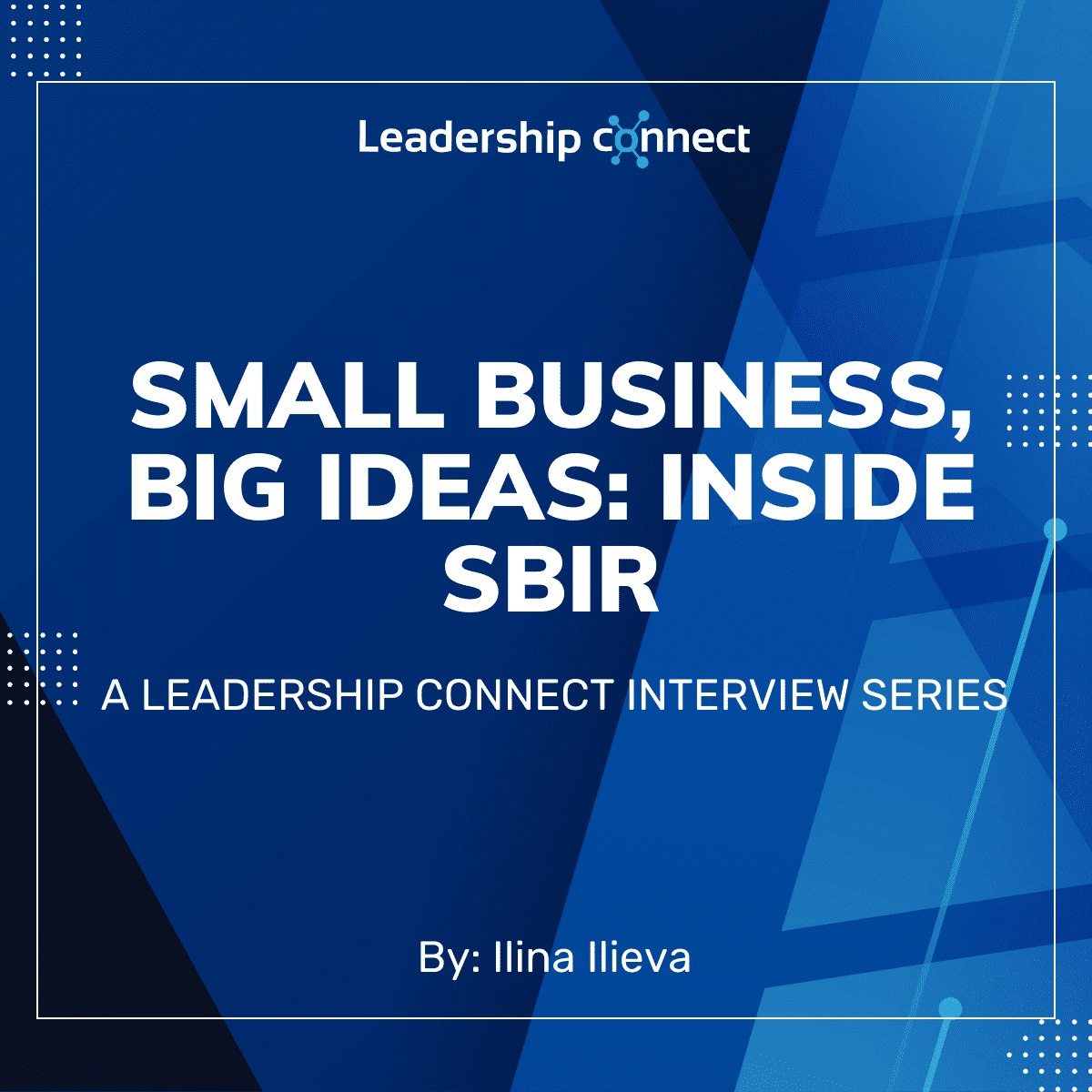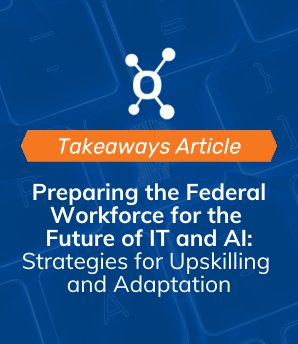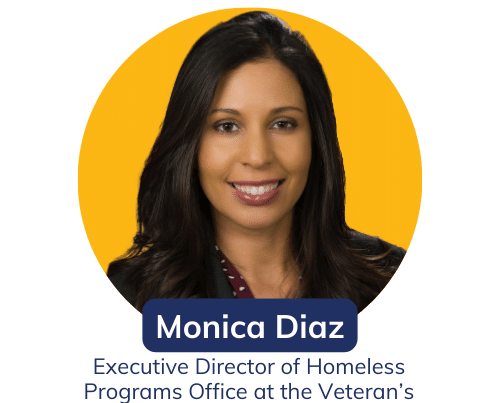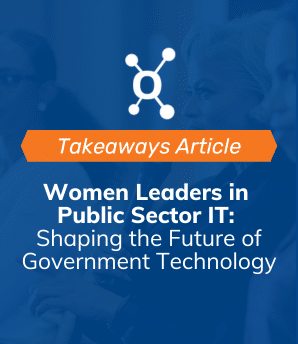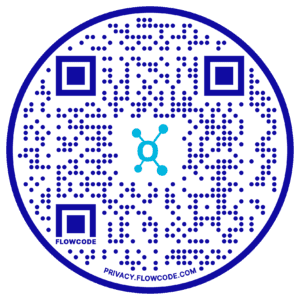Over the last few months, I connected with awardees or agency representatives for the SBIR program. I delved into best practices and learned more about how SBIR continues to transform the public and private sectors.
The Small Business Innovation Research Program (SBIR) was established in 1982 “with the purpose of strengthening the role of innovative small business concerns in Federally-funded research and development.” Ultimately, this program has provided funding to small businesses through the federal government, allowing them to continue their innovations and address the needs of the public sector. There have been over 179,000 awards, and the government continues to work with businesses to ensure they have room to grow.
The program is a three-phase process, and while it is unnecessary to go through each phase chronologically, several of the awardees I spoke to address the importance of all three:
- Phase I is to establish the merit of the awardee. They address the specific needs of the federal agency and are required to provide quality performance to continue receiving funding.
- Phase II is continuing the efforts established in Phase I, or prior to the program. Awardees continue to receive funding and gear up to push to commercialization.
- Phase III focuses on the private sector. This is the jump taken by awardees where they are no longer receiving federal funding and must commercialize their business to the private sector.
Between the history the individuals had with the program and how they would like to continue their efforts, it is clear the SBIR program has benefitted many and will continue to do so. Below are some helpful tips I have gathered from my conversations.
Tip 1: Stakeholder alignment and building your network is crucial
The importance of building strong relationships with your stakeholders to ensure a continuing partnership is a crucial beginning step. Alignment is key to achieving your goals and staying on track to meet the needs of the agency that is sponsoring the award. A great way to build those relationships is through Leadership Connect! By connecting with the decision makers and discovering their network, you can build upon the warm introductions and create relationships.
Tip 2: Do what you say you’re going to do
While SBIR is fantastic because it is non-diluted funding (and as one awardee pointed out, why not begin your journey with non-diluted funding?), the key to success is creating structure for yourself and doing what you say you are going to do. It is tempting to build something completely different than what you began with, but ultimately you must work towards the end goal that was originally established.
Tip 3: Slow down and figure out the end goal
Many folks recommended figuring out your end goal before Phase I since each phase is more challenging and SBIR is broad. This ensures that you are actively working towards that goal throughout the phases, and establishes a good guideline for Phase III, or commercialization to the private sector. Being commercially minded from the beginning can help you navigate through the “Valley of Death”, as you have a general plan for marketing yourself prior to getting in the weeds of the program.
Tip 4: Learn how to market yourself
Following the theme of your end goal, it is important to learn how to market yourself and your idea. You must be able to make your idea comprehensible to the general public, as not everyone is an expert on your topic. Many awardees mentioned that while they have a science background, learning the ropes of the business world is challenging – including bookkeeping and marketing. Having strong relationships and being an advocate for yourself and company is key to success.
Tip 5: Keep trying and follow the open windows
Many of the interviewees touched on the importance of failure – particularly learning from your mistakes, fixing them, and moving forward. It is easy to dwell on why a particular award did not work out or what went wrong during a specific step, but learning from the issue and continuing to innovate is what makes a person successful. It is well known that when one door closes, a window opens; You may not continue on the path that was established at the beginning of the journey, but following the “open windows” and seizing the opportunities has made several of the interviewees successful in their journey.
Throughout this interview/survey series, I was fortunate to speak to many awardees and agency members involved in the SBIR program and process. The resilience and energy necessary to push American innovation forward is evident, and I am excited to see what the program has in store in the future! A huge thank you to everyone I spoke with – it was amazing to learn about each of your journeys and discuss best practices.


